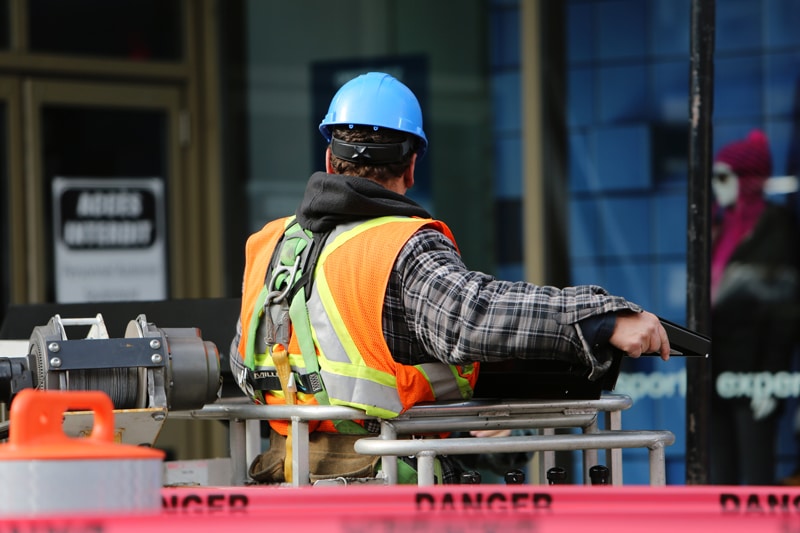 If you’ve been reading our articles, you probably get the point by now. Safety is critical to success within an organization. Time and time again, businesses have gained much more than anticipated when they focus on safety (read our case study on how Alcoa defied conventional thinking and reaped the benefits).
If you’ve been reading our articles, you probably get the point by now. Safety is critical to success within an organization. Time and time again, businesses have gained much more than anticipated when they focus on safety (read our case study on how Alcoa defied conventional thinking and reaped the benefits).
Safety, like any story, has two sides. Treated right, and you’ll be rewarded with high company morale, insights on operational efficiency, and most importantly, your workers will return home to their families after each successful workday. Neglecting safety however, will have you facing regulatory compliance officers, heavy monetary penalties, and even jail time (read how a CEO is now facing up to 15 years of jail time and $750,000 in fines). Yet, these penalties pale in comparison to the guilt of knowing your oversight in safety cost a family a father, a mother, a brother, or a sister.
The best companies are like families – close knit, honest and accountable. As the leader of your company, protect your employees like a parent would protect their children from harm. Here are three points that will help your “family” operate safer and smoother.
1. Communicate and communicate some more
Companies, families, teams are all organizations with multiple members working together towards a common goal. The best teams in sports all have team members who can seemingly read each other’s minds. This is the result of endless hours of commitment and practice. Make sure that your “team” is practicing open communication day in and day out. Show your company your commitment to safety and communicate it consistently. Communicate your safety expectations through your entire workforce, and encourage open dialogue between management and the front line. Modern technology allows many different options for open communication, such as instant messaging and push notifications – features that typically come stock in safety software solutions.
2. Point the finger (at yourself)
When an incident occurs, it’s easy to place the blame on workers not working safely, or managers not training their workers to work safely. While these points may or may not be true, when an incident occurs, the failure is a reflection of poor leadership. When a child breaks his leg, a nurturing parent’s initial response is, “I should never have allowed my child to be in this situation”. That should be your initial response when your employee gets injured. You should never allow your employees to be in a hazardous situation that an incident is likely to occur.
3. Invest in a modern safety software system
We are in the age of tech. Never before have we seen this level of technological advancement that allows for accurate and immediate communication. With the technology available today, communication can be instant, transparent, and standard across multiple facilities within a global company. Additionally, new systems have rendered spreadsheets and filing physical documents obsolete. These modern software systems allow EH&S teams to cut down administrative efforts and instead spend their time on what really matters – keeping workers safe.
So ask yourself this, “Am I doing all I can to make my company safe?”







